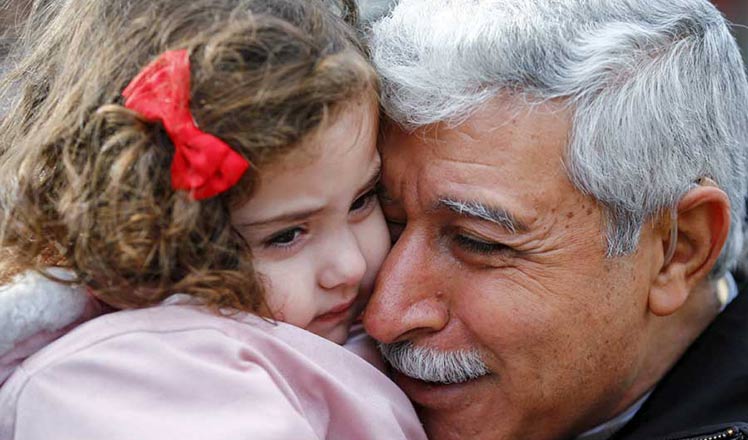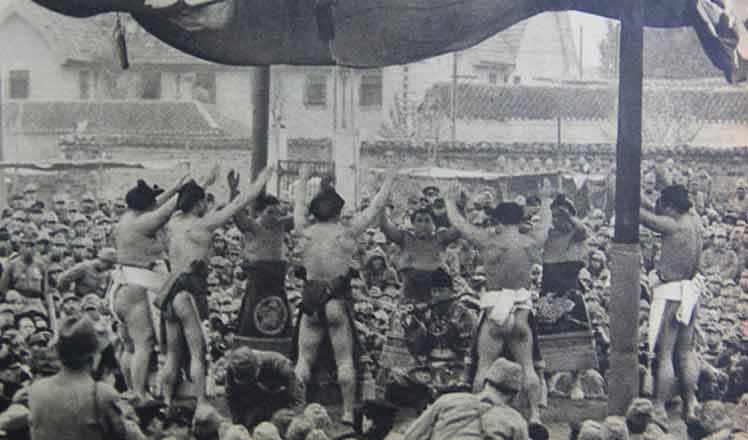Shanghai gets a glimpse of rare treasures
Updated: 2015-12-15 07:33
(China Daily)
|
||||||||
Wang believes this curatorial design will build connections between the ancient Dunhuang art and the modern times, and inspire more interest in the spiritual world reflected in the grottoes.
Yongwoo Lee, chief academic advisor for the exhibition, says it is the great faith in Buddhism and love for life that enabled the continual creation of grotto art in Dunhuang for more than 1,000 years.
"People had artists painting murals and making statues as their offerings to the Buddha," says Fan Jinshi, honorary director of the Dunhuang Research Academy. She is also known as "the daughter of Dunhuang" for her preservation efforts.
Born in 1938, she joined the Dunhuang Art Institute upon graduation from Peking University in 1963, and has worked there ever since.
Dunhuang art includes examples of secular life, including images of dedicated Buddhists who commissioned the artworks. Also, folklore, historical stories and social life are among the subjects of mural art.
Dunhuang is located along the ancient Silk Road, and was a major hub for business and trade. The grotto art reflects the cultural interactions and diverse racial and ethnic composition of the time, says Wang.
The National Dunhuang Art Institute was founded in 1944, when the protection, research and restoration of Dunhuang art started. Through the past decades, scholars and researchers from all over the world have worked there, and yet "the more we learn about it, the more we realize how infinitely deep and boundlessly wide Dunhuang is", says Fan.
"What is the painting about? Why was it painted like that? What era is the building from? What were clothing styles back then? There are millions of questions to be asked and answered," she says.
- Fidel Castro congratulates Venezuelan leader despite setback
- Merkel refuses cap on number of refugees
- Russia warns Turkey over Aegean warship incident
- Macri sworn in as Argentina's new president, calls for unity, dialogue
- Deals with Azerbaijan to boost Silk Road plan
- Outlook for strong El Nino maintains in US

 Student volunteers wear qipao for World Internet Conference
Student volunteers wear qipao for World Internet Conference
 China marks Memorial Day for Nanjing Massacre victims
China marks Memorial Day for Nanjing Massacre victims
 Six major archaeological discoveries in 2015
Six major archaeological discoveries in 2015
 Border defense soldiers attend training in heavy snow in Xinjiang
Border defense soldiers attend training in heavy snow in Xinjiang
 The world in photos: Nov 7-13
The world in photos: Nov 7-13
 Wuzhen gets smart with Second World Internet Conference
Wuzhen gets smart with Second World Internet Conference
 Historical photos reveal how Japan celebrated Nanjing invasion
Historical photos reveal how Japan celebrated Nanjing invasion
 How firemen put out oil tanker blaze within two hours
How firemen put out oil tanker blaze within two hours
Most Viewed
Editor's Picks

|

|

|

|

|

|
Today's Top News
Shooting rampage at US social services agency leaves 14 dead
Chinese bargain hunters are changing the retail game
Chinese president arrives in Turkey for G20 summit
Islamic State claims responsibility for Paris attacks
Obama, Netanyahu at White House seek to mend US-Israel ties
China, not Canada, is top US trade partner
Tu first Chinese to win Nobel Prize in Medicine
Huntsman says Sino-US relationship needs common goals
US Weekly

|

|







